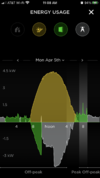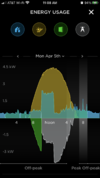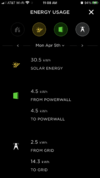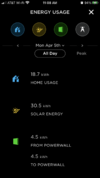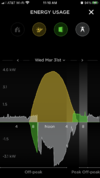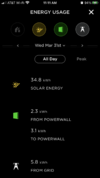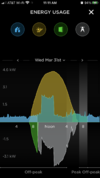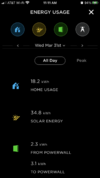Obviously, Cost Saving mode takes the different TOU rate periods into consideration.
But does it take NBCs into consideration?
How about battery cycle life?
Or the round efficiency loss?
I'm assuming it only takes the rate periods into consideration but was wondering if anyone knows for sure.
But does it take NBCs into consideration?
How about battery cycle life?
Or the round efficiency loss?
I'm assuming it only takes the rate periods into consideration but was wondering if anyone knows for sure.



